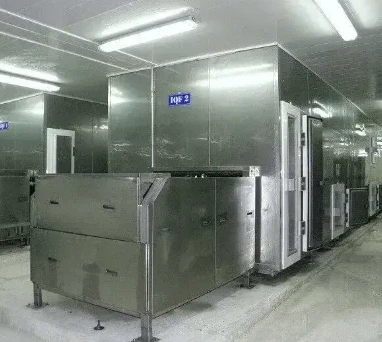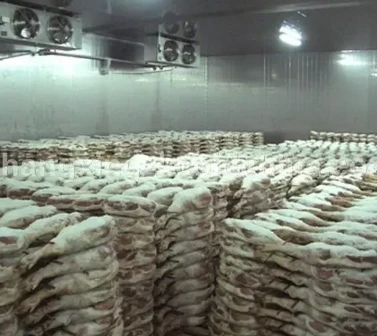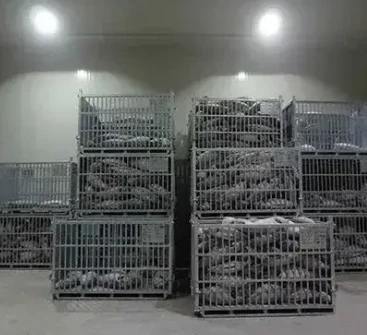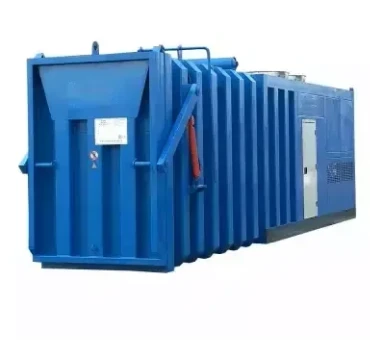May . 08, 2024 15:51
Back to list
Cold Storage Room Cost
Cold storage rooms are essential facilities for businesses that require controlled temperature environments to preserve perishable goods such as food, pharmaceuticals, and chemicals. These specialized rooms are designed to maintain low temperatures, ensuring the freshness and quality of stored items over extended periods. In this comprehensive guide, we will explore the various factors that influence cold storage room costs, including construction materials, size, insulation, cooling systems, and additional features.
Factors Affecting Cold Storage Room Costs:
1.Construction Materials:
The choice of construction materials significantly impacts the cost of building a cold storage room. Common materials include insulated metal panels (IMPs), concrete, and insulated concrete forms (ICFs). Each material has its own advantages in terms of durability, insulation properties, and upfront costs.
2. Size of the Cold Storage Room:
The size of the cold storage room directly affects the overall cost of construction. Larger rooms require more materials and labor, leading to higher expenses. Conversely, smaller rooms may have lower upfront costs but could result in inefficiencies if they do not adequately meet the storage needs of the business.
3. Insulation:
High-quality insulation is crucial for maintaining the desired temperature within the cold storage room and preventing heat transfer from the external environment. Common insulation materials include polyurethane foam, polystyrene, and fiberglass. The thickness and R-value of the insulation layer influence both the initial investment and long-term energy costs.
4. Cooling Systems:
The type of cooling system installed in the cold storage room plays a significant role in determining operational costs. Options range from traditional refrigeration units to more advanced systems such as blast chillers and cryogenic cooling. Factors to consider include energy efficiency, maintenance requirements, and suitability for the specific storage needs of the business.
5. Additional Features:
Various additional features can be incorporated into cold storage rooms to enhance functionality, convenience, and safety. These may include temperature monitoring systems, automated shelving and retrieval systems, air curtains, and emergency backup power generators. While these features can increase initial costs, they may result in long-term savings and operational efficiencies.
In conclusion, the cost of building and operating a cold storage room depends on multiple factors, including construction materials, size, insulation, cooling systems, and additional features. By carefully considering these factors and investing in high-quality components, businesses can create efficient and reliable storage facilities that meet their specific needs while minimizing overall costs.
By implementing cost-effective design strategies and leveraging advances in technology, businesses can optimize the efficiency and affordability of their cold storage operations, ultimately enhancing product quality, reducing waste, and improving profitability.
Prev:
Next:
Related PRODUCTS
Copyright © 2025 Shijiazhuang Xuexiang Refrigeration Euquipment Co.,Ltd. All Rights Reserved. Sitemap | Privacy Policy
















































































































